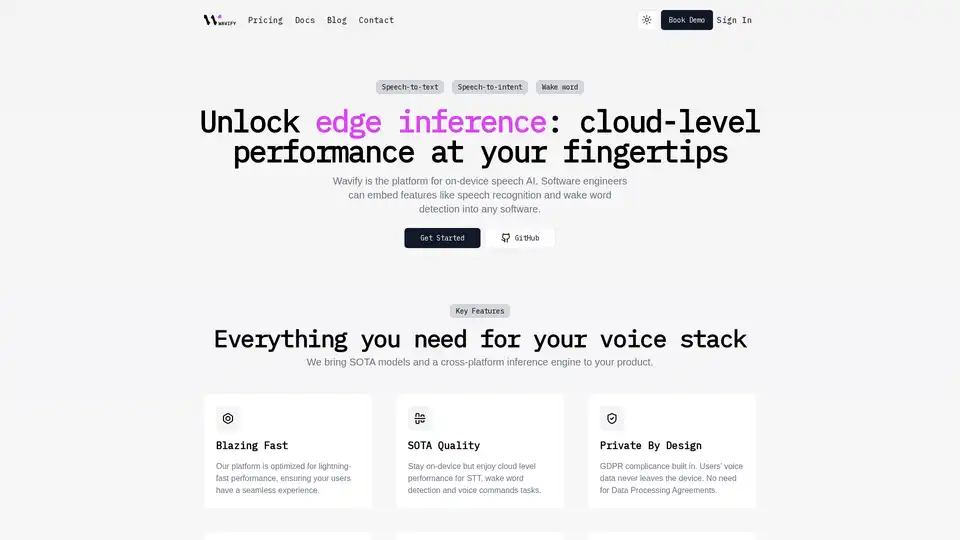
Wavify
Overview of Wavify
What is Wavify?
Wavify stands out as a cutting-edge platform designed specifically for on-device speech AI, empowering software engineers to integrate advanced voice features directly into their applications. Unlike traditional cloud-based solutions, Wavify focuses on edge inference, delivering cloud-level quality while keeping all processing local to the device. This means faster response times, enhanced privacy, and no dependency on internet connectivity. At its core, Wavify provides tools for speech-to-text (STT), speech-to-intent, and wake word detection, making it an essential resource for developers building voice-enabled products across industries.
Founded with a mission to democratize voice AI, Wavify combines state-of-the-art (SOTA) models with a robust cross-platform inference engine. Whether you're developing for consumer electronics, automotive systems, or healthcare apps, Wavify ensures that voice interactions feel natural and responsive. Its open-source nature, highlighted by GitHub availability, allows for easy customization and community contributions, fostering innovation in the voice AI space.
How Does Wavify Work?
Wavify operates through a streamlined inference engine that runs entirely on the device, leveraging optimized models to process audio inputs in real-time. The platform supports key functionalities like transcribing spoken words into text, detecting specific wake words to activate features, and interpreting voice commands into actionable intents.
The workflow is straightforward: developers download pre-trained models via the platform, integrate the SDK into their codebase, and deploy the solution. For instance, using the Python SDK, you can initialize an STT engine with a simple import and API key, then process audio files or streams effortlessly. Here's a basic example from the documentation:
import os
from wavify.stt import SttEngine
engine = SttEngine("path/to/your/model", os.getenv("WAVIFY_API_KEY"))
result = engine.stt_from_file("/path/to/your/file")
print(result)
Similar integrations are available in Rust and other languages, ensuring compatibility with diverse tech stacks. The engine's efficiency is evident in performance benchmarks on devices like the Raspberry Pi 5, where Wavify outperforms alternatives like Whisper.cpp in both size (45MB vs. 75MB) and speed (2.21s vs. 4.91s for a sample audio file), achieving a real-time factor of 0.20.
Privacy is a cornerstone of Wavify's design. All voice data stays on the device, eliminating the need for data processing agreements and ensuring GDPR compliance. This on-device approach not only safeguards user information but also reduces latency, making it ideal for real-time applications.
Key Features of Wavify
Wavify packs a suite of features that make it a go-to choice for voice AI development:
Blazing Fast Performance: Optimized for edge devices, Wavify delivers sub-second inference times, ensuring smooth user experiences even on resource-constrained hardware like Raspberry Pi or embedded systems.
SOTA Quality On-Device: Access cloud-grade accuracy for STT, wake word detection, and intent recognition without uploading data. Models are fine-tuned for precision across tasks.
Privacy by Design: No cloud transmission means inherent data protection, perfect for sensitive sectors like healthcare and legal.
Seamless Integration: SDKs in Python, Rust, and more offer developer-friendly APIs. Quick setup in just a few lines of code, with demos to accelerate prototyping.
Cross-Platform Compatibility: Runs on Linux, macOS, Windows, iOS, Android, web browsers, Raspberry Pi, and various embedded systems, broadening deployment options.
Multilingual Support: Handles over 20 languages, catering to global audiences and diverse user bases.
These features collectively reduce development time and costs, allowing teams to focus on building innovative applications rather than wrestling with voice tech complexities.
Use Cases for Wavify
Wavify's versatility shines in numerous industries, where human voice serves as an intuitive user interface. Here are some compelling applications:
Healthcare
In healthcare settings, Wavify streamlines workflows by automating care documentation and diagnosis transcription. It enables AI-driven therapy sessions for mental health, allowing patients to interact via voice for personalized support—all while maintaining strict privacy standards.
Automotive
For the automotive sector, Wavify powers hands-free controls, such as voice-activated navigation or entertainment systems. Drivers can issue commands safely without diverting attention from the road, enhancing both convenience and safety.
Legal
Legal professionals benefit from automated transcription of court proceedings, meetings, and case documentation. Wavify's accurate STT ensures reliable records, saving hours of manual work and minimizing errors.
Consumer Electronics
From smart home devices to mobile games, Wavify enables voice-controlled automation, AI companions, and immersive interaction experiences. Imagine a voice-activated app that responds instantly to user queries in a gaming scenario.
Customer Support
In customer service, Wavify transcribes calls for precise record-keeping and converts spoken issues into structured text for faster resolution. This boosts efficiency and customer satisfaction.
Education
Educators and learners can leverage Wavify for interactive tools, such as voice-based quizzes or real-time feedback in language learning apps, making education more engaging and accessible.
These use cases demonstrate Wavify's adaptability, proving its value in transforming voice into a powerful, privacy-focused UI element.
Who is Wavify For?
Wavify is tailored for software engineers, product developers, and companies venturing into voice AI. It's particularly suited for those prioritizing on-device processing—think startups building IoT devices, enterprises in regulated industries like finance or healthcare, and hobbyists experimenting with embedded systems. If you're tired of cloud dependencies and seeking a scalable, private alternative, Wavify fits the bill.
Non-technical users might not interact directly with the SDKs, but product managers and UX designers will appreciate how it enhances end-user experiences. Supported by investors and backed by a growing community, Wavify appeals to anyone aiming to innovate with voice technology without compromising on performance or security.
Why Choose Wavify?
In a crowded voice AI market, Wavify differentiates itself through its edge-first philosophy. Competitors often rely on cloud infrastructure, introducing latency and privacy risks, but Wavify keeps everything local for superior speed and compliance. Its open-source ethos invites collaboration, while the multilingual capabilities ensure global reach.
Developers rave about the excellent developer experience (DX), with easy integration and comprehensive docs. For businesses, the cost savings from avoiding cloud fees and the ability to deploy on low-power devices add tangible ROI. Whether you're optimizing for Raspberry Pi or scaling to enterprise apps, Wavify delivers reliable, high-quality results.
To get started, visit the GitHub repository for code samples or book a demo for personalized guidance. With ongoing updates, Wavify continues to evolve, staying ahead in the fast-paced world of on-device AI.
Best Ways to Integrate Wavify
- Download and Setup: Grab the SDK from GitHub and install dependencies.
- Model Selection: Choose from SOTA models optimized for your use case.
- Code Integration: Use simple APIs to process audio—supports files, streams, and live mic input.
- Testing: Benchmark on your target device for real-time performance.
- Deployment: Embed into apps for cross-platform rollout.
By following these steps, you can unlock voice AI in hours, not weeks. For troubleshooting, the docs cover common scenarios, and the team is available for expert consultations.
Best Alternative Tools to "Wavify"
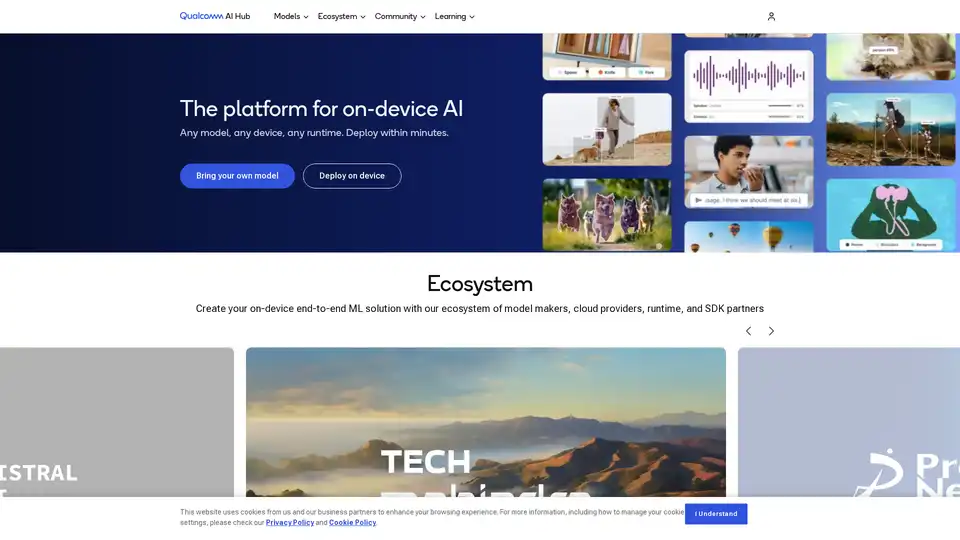
Qualcomm AI Hub is a platform for on-device AI, offering optimized AI models and tools for deploying and validating performance on Qualcomm devices. It supports various runtimes and provides an ecosystem for end-to-end ML solutions.
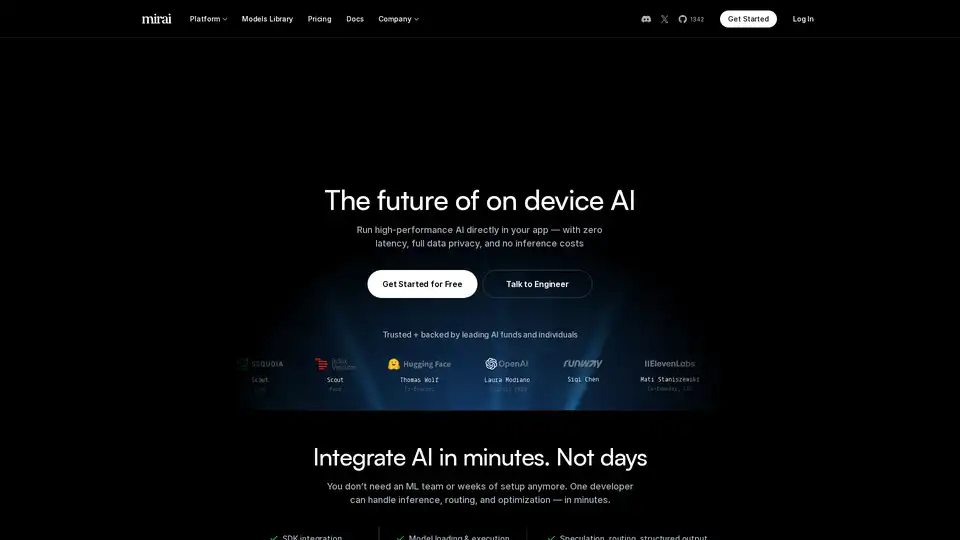
Mirai is an on-device AI platform enabling developers to deploy high-performance AI directly within their apps with zero latency, full data privacy, and no inference costs. It offers a fast inference engine and smart routing for optimized performance.
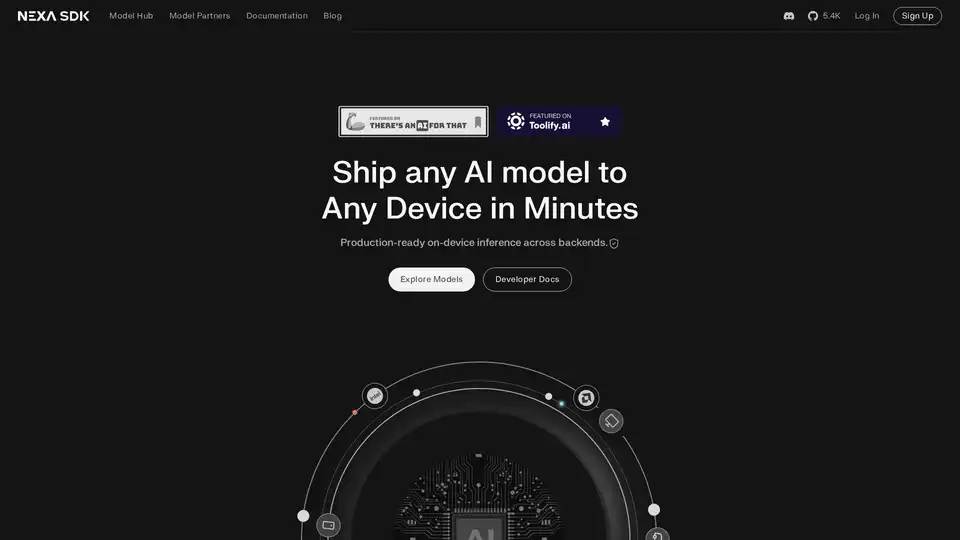
Nexa SDK enables fast and private on-device AI inference for LLMs, multimodal, ASR & TTS models. Deploy to mobile, PC, automotive & IoT devices with production-ready performance across NPU, GPU & CPU.
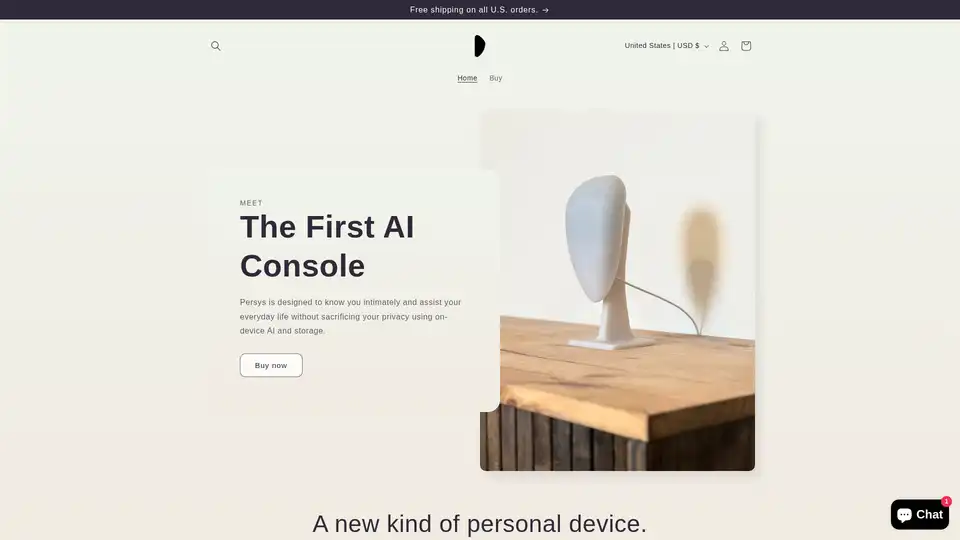
PERSYS is a private AI console with on-device AI, offering secure local storage and document embedding for enhanced data privacy. Explore the future of personal AI.
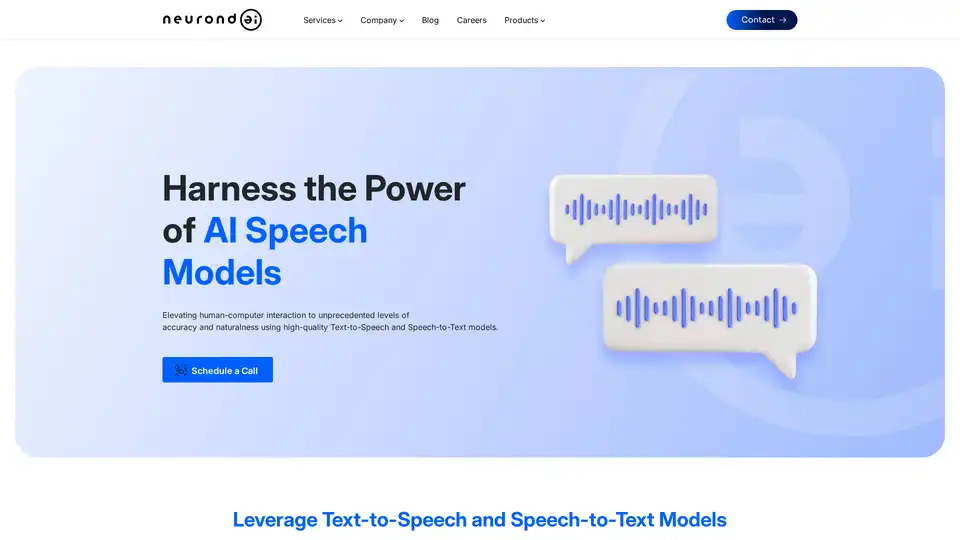
Enhance communication with Neurond AI's voice model implementation using high-quality Text-to-Speech and Speech-to-Text models for accurate and natural human-computer interaction.
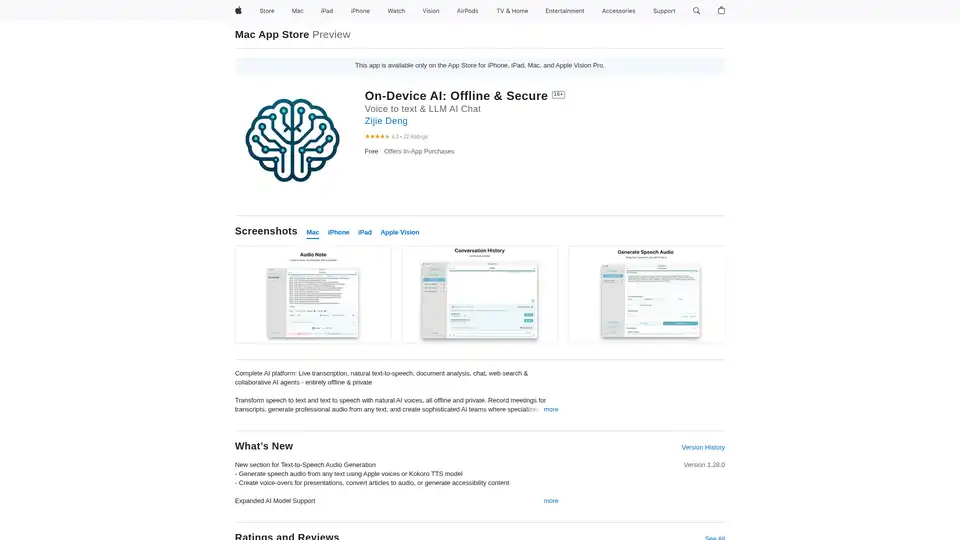
On-Device AI: Transform speech to text, natural text-to-speech, and chat with LLMs offline and securely on your iPhone, iPad, and Mac. Private and powerful!
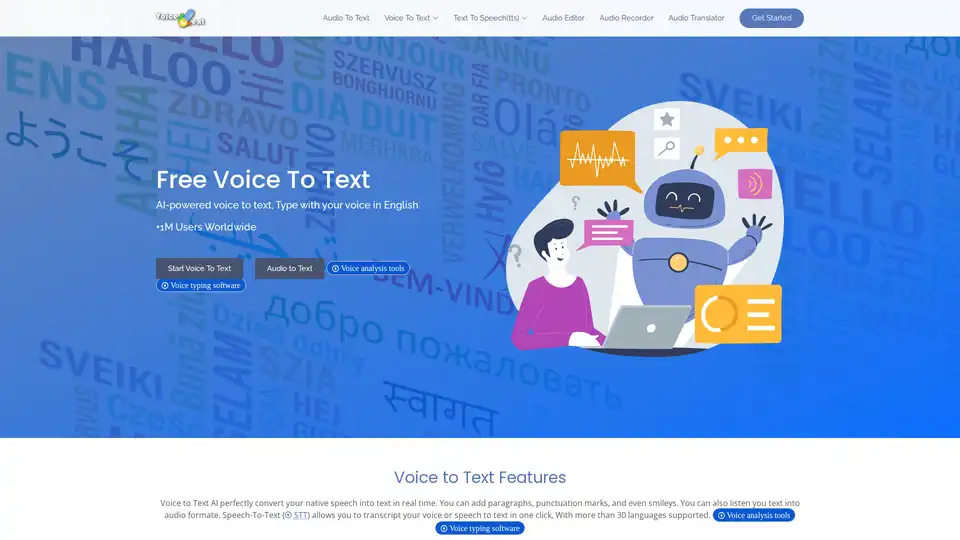
Discover Voice to Text, a free AI-powered online speech recognition tool that converts your voice to editable text in real-time. Supports 30+ languages for emails, documents, and more—no typing needed.
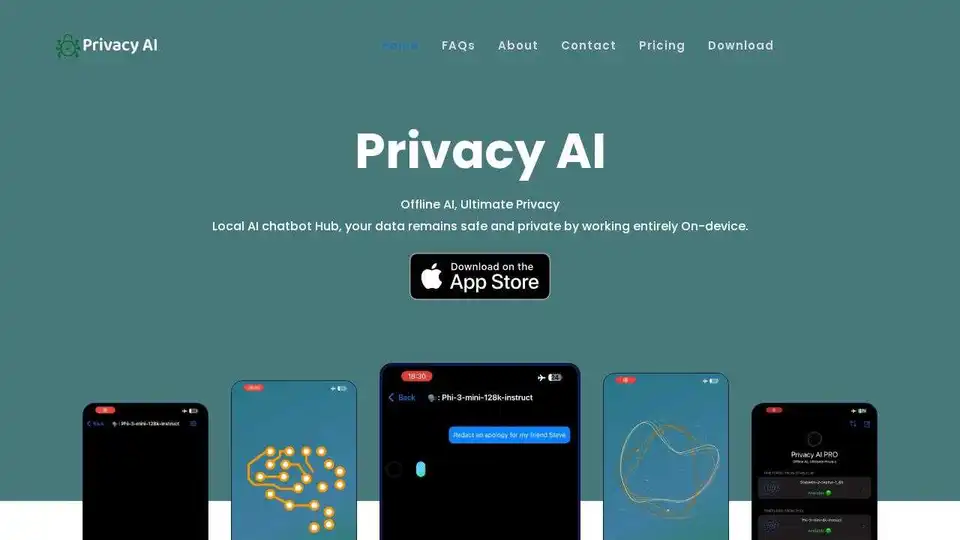
Privacy AI is an offline AI chatbot hub ensuring ultimate data privacy. Run language models locally on your device without internet for secure conversations.
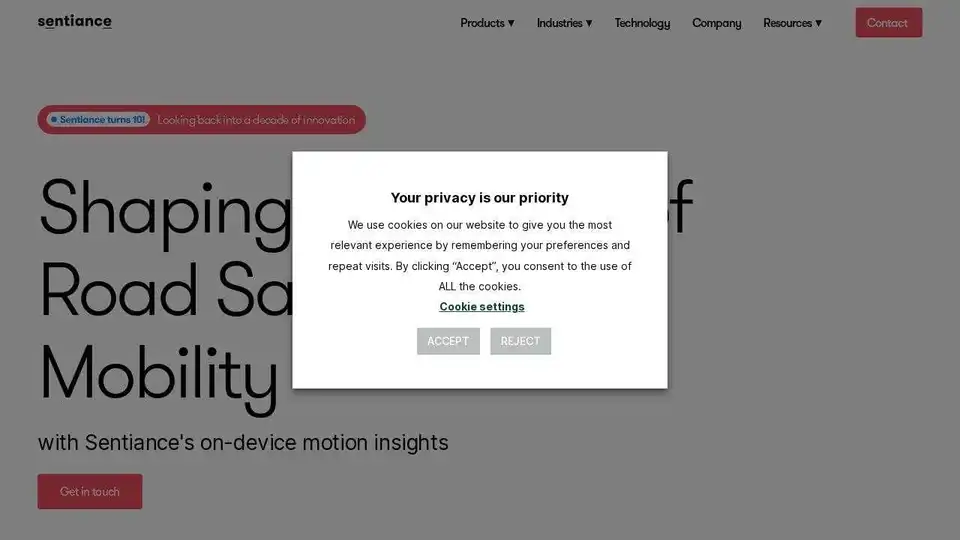
Sentiance provides on-device motion insights to enhance road safety and mobility. AI-powered solutions for driver safety, risk reduction, and mobility pattern analysis.
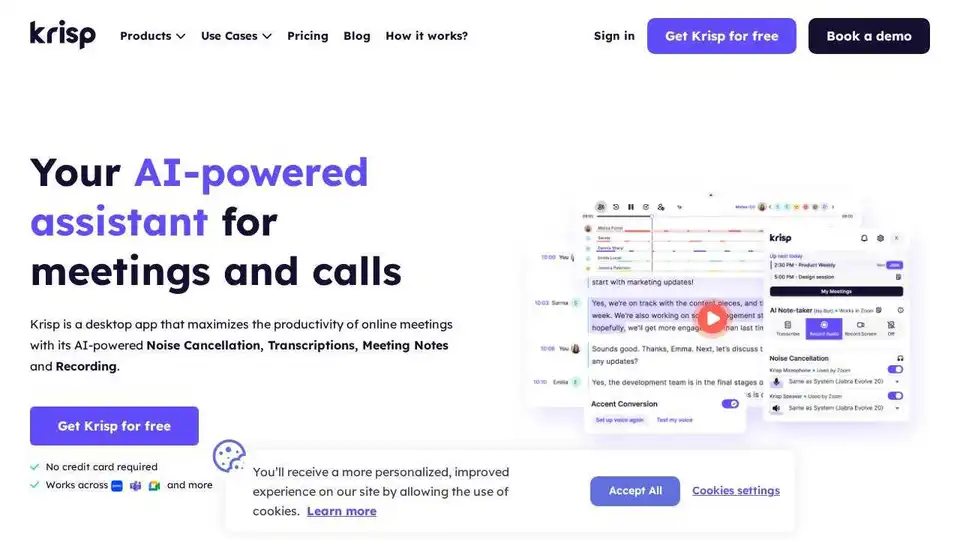
Krisp AI Meeting Assistant combines noise cancellation, transcription, meeting notes, summaries, and accent conversion. Enhance meeting productivity with AI.
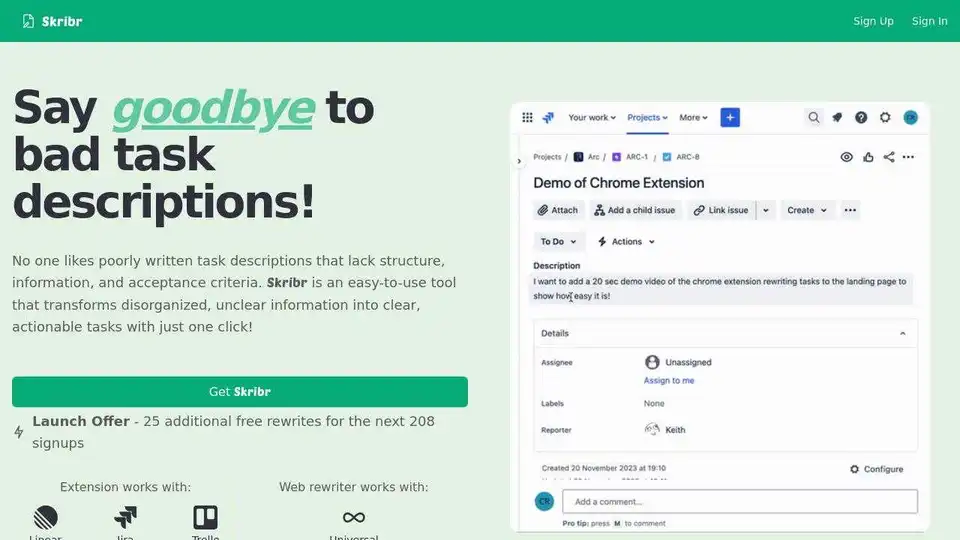
Skribr is a private, on-device AI chat app with tools that runs locally on your iPhone, iPad, and Mac, ensuring data security and offline access.
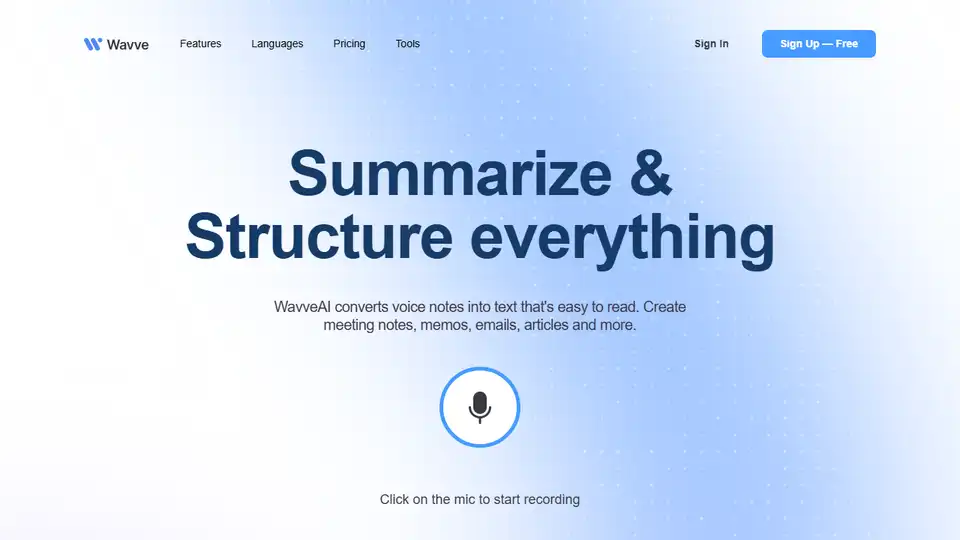
Wavve AI effortlessly records, transcribes, summarizes, and generates content from audio. Convert voice notes into text for meeting notes, emails, articles, and more. Start for free!
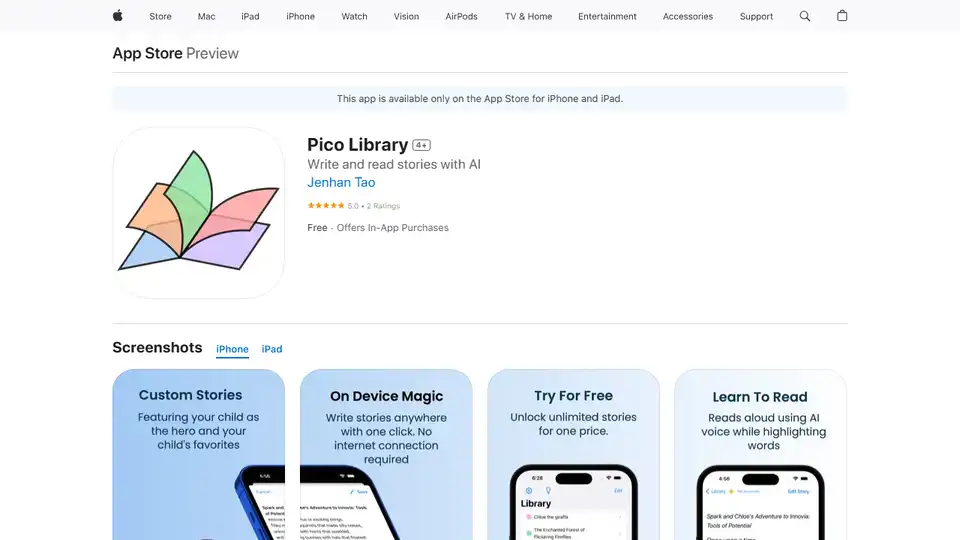
Pico Library uses on-device AI to create personalized stories for children, even offline. A safe and educational tool for kids.
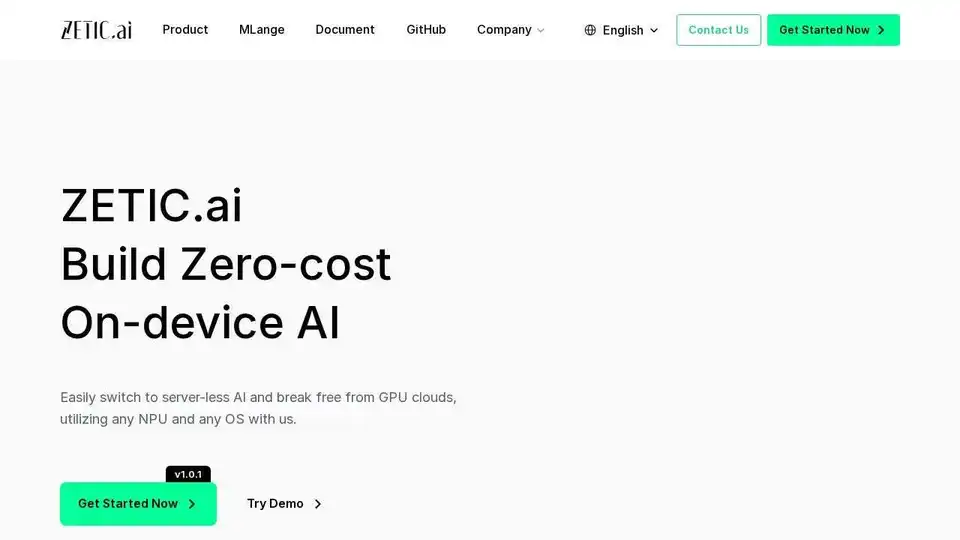
ZETIC.ai enables building zero-cost on-device AI apps by deploying models directly on devices. Reduce AI service costs and secure data with serverless AI using ZETIC.MLange.
